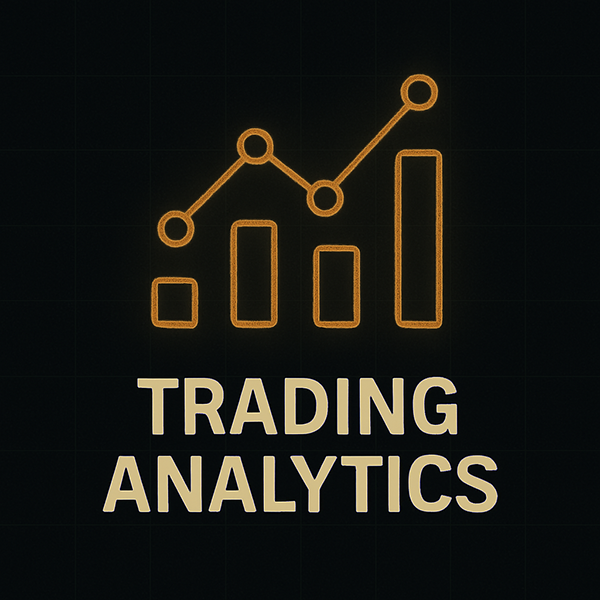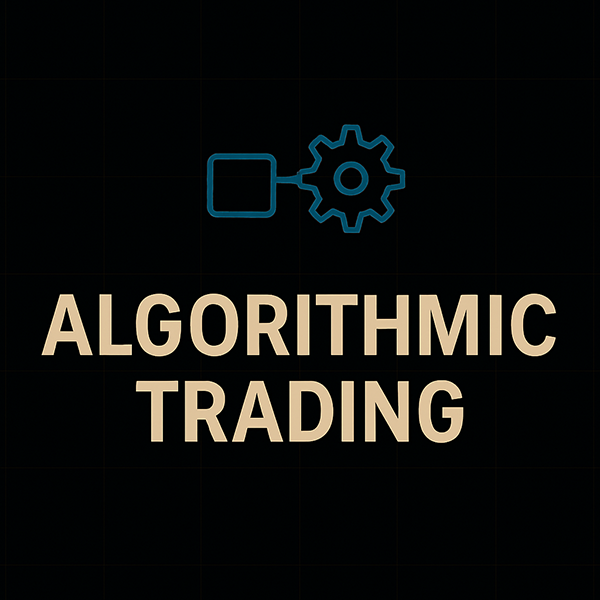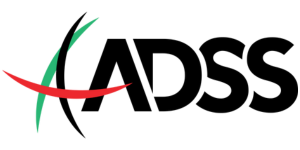Ever wondered how traders consistently secure the best prices in such a complex market? The secret lies in transaction cost analysis (TCA). At its core, TCA aims to secure the lowest prices when buying and the highest when selling, but its impact goes much deeper.
The methodology can be broken down into pre-trade and post-trade categories. Each is essential for navigating regulatory requirements and unlocking its benefits, making TCA a powerful part of trading strategies.
In this article, we’ll explore transaction cost analysis to help you analyze trade prices and validate whether you’re trading with the greatest efficiency.
Transaction cost analysis: Key points
- Learn exactly what transaction cost analysis entails
- Understand its role in greater operational efficiency
- The differences and purposes behind pre-trade and post-trade analytics
- How TCA is used in equity compared to foreign exchange
- Learn tips and tricks on choosing the best data analytics platform for your needs
What is transaction cost analysis?
TCA is a method used to evaluate the costs associated with executing trades. This allows investors and traders to improve their trading strategies by minimizing expenses like fees, market impact, and timing delays. You can find transaction cost analysis assisting traders in evaluating variables such as order size, trade date, trade price, and the exchange on which the trade was executed.
Additional TCA benefits include:
- Cost evaluation in trading platforms, as well as trends
- Performance management for traders, brokers, and portfolio managers
- More informed decision-making in executing trades
- Cost reduction pertaining to trade execution and slippage
Best execution: Greater operational efficiency
TCA is increasingly required by financial regulations, particularly in the European Union (EU). Directives like MiFID II mandate institutions to achieve the best execution and transparency to protect investors. The implementation of these mandates has boosted the adoption of transaction cost analysis.
Best execution is a legal requirement that dictates brokers must seek the most favorable terms for their clients’ orders within the market environment. It is a core aspect of investor protection, helping individual traders avoid challenges as brokers prioritize favorable execution terms. Moreover, it removes any complications that can arise from broker-specific incentives, as this could be damaging to the client.
Criteria brokers are required to evaluate include:
- Execution speed
- Current trade price
- Likelihood of trade execution
- Regulation compliance
If these measures were not in place, traders would have a much harder time managing and improving their portfolios. Although useful, it’s important to understand how TCA contributes to both pre-trade and post-trade analytics, which ensures every trade is aligned with these execution standards.
Pre-trade analytics
In the scope of pre-trade analytics, this generally includes estimates of trade costs and strategy evaluation. Brokers use historical data to assess potential market impact and consider different execution strategies. The best option is then recommended based on the portfolio manager’s risk preferences.
Post-trade analytics
Post-trade analytics focus on profiling trader performance while looking at a variety of metrics in detail. They also assist in comparing executed prices to user-selected benchmarks.
Other aspects of post-trade analytics include:
- Volume-weighted average price
- Overall performance
- Open, close, and previous close prices
- Benchmarks such as cost of opportunity
From another angle, TCA plays a unique role depending on the market in question. For example, transaction cost analysis is known to be more challenging in foreign exchange (FX) than equity.
Transaction cost analysis in equity vs. foreign exchange
Transaction cost analysis in FX requires adapting to the fragmented nature of the foreign exchange market. The reason FX is more challenging for TCA compared to equity is due to less transparent or incomplete datasets.
In the same vein, fair execution prices can vary depending on the size of the transaction and how fast it needs to be executed. Due to this fact, numerous benchmarks are utilized to visualize the execution quality better.
There are several unique details to consider when analyzing transaction costs in equity versus foreign exchange. The table below provides a more concise summary, allowing for easy comparison of these differences.
| Focal point | Equity trading | Foreign exchange trading |
| Market structure | Operates in centralized exchanges. | An over-the-counter marketplace. |
| Data use | Makes use of standardized benchmarks and metrics that are provided by exchanges. | Includes customizable metrics and aggregates data during the trading process. |
| New developments | Timely assessment of execution quality supported by standardized exchange data. | Improvements in real-time data capturing and customizable metrics. |
In most circumstances, no matter how you look at it, transaction cost analysis has historically been more challenging in FX. With execution quality measurement, FX requires extensive datasets, while equity is easier due to the standardized market structure.
Newer developments in technology have made it possible to capture trade data and analyze execution in real-time in FX with the integration of execution management systems (EMS). These advances have helped overcome many challenges between the two markets. Similarly, transaction cost analysis is now approached more effectively on both sides.
The historical challenges traders and brokers still face will not persist indefinitely. Technology has the potential to streamline the way data is utilized, collected, and analyzed. The advent of new TCA systems and the growing access to real-time data will lead to ongoing improvements in this field.
The role of new tech in TCA
You can find many tech advancements in finance, investing, and transaction cost analysis in recent years. It may feel overwhelming, but focusing on what new tech, like generative AI, has to offer is a good start. When it comes to transaction cost analysis, generative AI can offer several promising benefits:
- Easily run parallel testing
- Collect more data with better efficiency and accuracy
- Gain precise insights
- Accelerate testing cycles
- Enhance decision-making
Although it may seem like AI is already widely used in trading and investments, the truth is that it has only just begun to make an impact in this area. As such, the adoption and awareness of AI with TCA is still relatively new. Nonetheless, the advantages are clear, and this will continue to drive the integration of AI further into the industry and broaden its applications.
Choosing the right data analytics platform
As discussed, TCA can be a powerful tool for analyzing trade prices and validating trading efficiency. However, having the right data analytics platform can make or break your efforts and results. Although there are a number of platforms available, many lack the functionality, features, and efficiency that KX can provide.
Ready to see it in action? Experience the power of seamless transaction cost analysis with our platform’s intuitive visuals and advanced analytics tools.
Book a demo or start your free trial today to discover how KX can turbocharge your TCA efforts.
Frequently Asked Questions
Transaction Cost Analysis (TCA) helps assess how effectively trades are executed by tracking direct costs like fees and hidden costs (such as missed opportunities and market changes). This analysis helps traders and investors refine their strategies, reduce expenses, and improve overall results.





